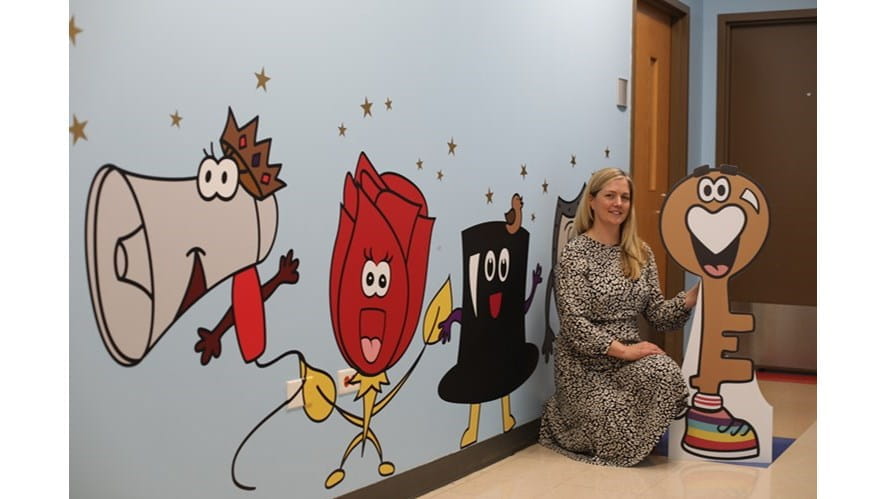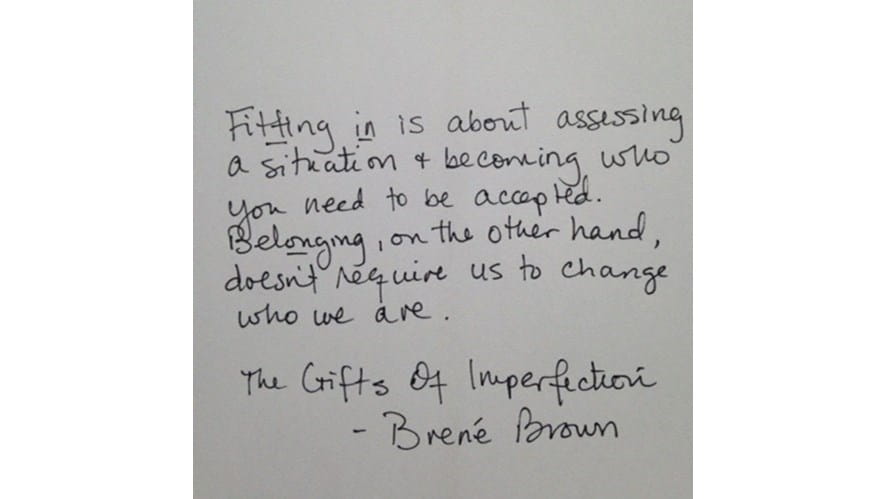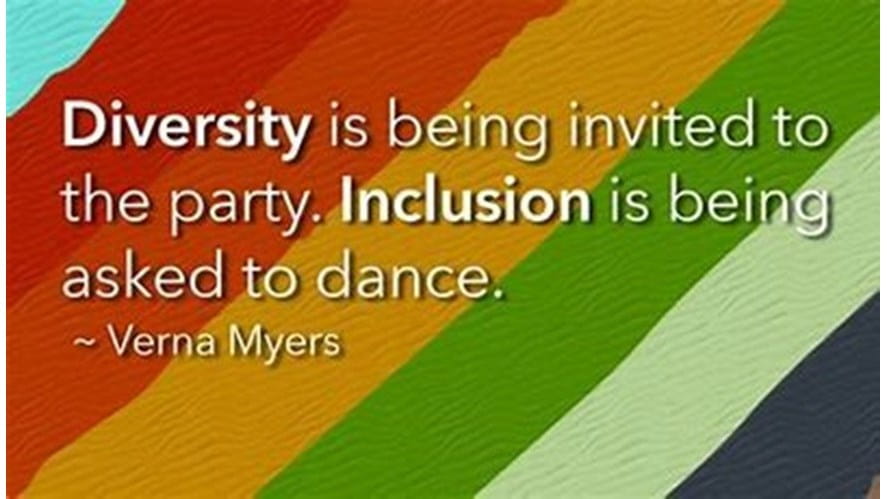We use cookies to improve your online experiences. To learn more and choose your cookies options, please refer to our cookie policy.

Thinking back to my childhood playtime games, I remember playing rounders with my fist as a bat; I remember sprinting around the field in relay races, and I remember a common chant that groups of children at our school would sing out that would echo around the playground - “Who wants to plaaaaay tag …. On - ly girls!”
I smile fondly at these memories as they bring me back to the smell of a school field with freshly cut grass, the feel of the tummy ache I would have from laughing so hard with friends, and the freedom and excitement that came with that twenty-minute playtime! I also distinctly recall the chant. Groups of children would walk around the playground, arm-in-arm, looking for friends to play their game – but only certain friends. Sometimes it was ‘On-ly boys’; sometimes it was ‘On-ly girls’. But the question remains: Why weren’t boys or girls allowed? Why did we only want girls or only want boys? Time would show that this innocent – at the time – notion and practice was accepted, and children could so openly exclude others from their school community with no correction, educating or explanation.
Having begun my teaching career in the year 2000, it is fascinating to have witnessed the turn of two decades in education, and our world, and note the changes that have been made and the ones that we, as a society, still need to make.
I recently saw a job role with the title ‘Director of Diversity, Justice and Belonging’. I instantly was intrigued. Why would they choose ‘Belonging’? Why would this school not use the more common name for it – Inclusion? My interpretation of the word belonging felt far softer on my ears, more relatable and certainly a word that I could understand the feeling of more easily. The discovery of this job coincided with a quote I read of Brené Brown which came from her book ‘The Gifts of Imperfection’:

Up until reading this quote, I had confidently and proudly used the phrase ‘fit in’ in conversations, job applications, thoughts and teaching points over the years. This quote hit me hard. With a slight change in wording, and huge shift in perspective, it becomes a very powerful and important truth to remember when valuing ourselves and others. We should never expect to have to ‘fit in’ nor accept being asked to, but rather, we should expect to belong, and accept ourselves for who we are.
So, why would this school choose the word belonging over inclusion? They have similar meanings, but using the word belonging to show their approach to inclusivity demonstrates a true understanding of the word Inclusion. It signals that they value each and every member of their community. It says, indirectly, that everyone belongs here. Everyone belongs in whatever way they come! When we, as individuals, feel a sense of belonging, it is special. It proves that we have a value; that we have a place; that we are equal to everyone around us. There is an unconditional appreciation of ‘ME’. Obviously, within that appreciation is an understanding that we will live and work respectfully and kindly in all we do.
With the progress that society has made since I, along with my childhood friends, chanted and sang “Who wants to play tag.… On-ly girls!”, it is now strange and uncomfortable to think that we thought excluding people for any reason was ‘okay’. I am happy to know that my children will be raised in a world in which we take action to make everyone feel like they belong, just as they are. Of course, my three year old jokes with Daddy and says only her, her sister and her mummy can play a game as he is a boy, but she is now met with a conversation and teaching point of how that might make Daddy feel and what would be a more kind and inclusive approach to the game. How could she help Daddy know that he belongs alongside us, even if he is different from us? To help teach this point and draw her attention to whether we are being inclusive in our thoughts, words and actions, I use a quote from Verna Myers, diversity expert and founder of The Verna Myers Company. She highlights the difference between Diversity and Inclusion in a very poignant quote, which assists us in determining whether or not we have truthfully included someone:

I hope that we can ask everyone to dance at the parties that we host and are invited to.